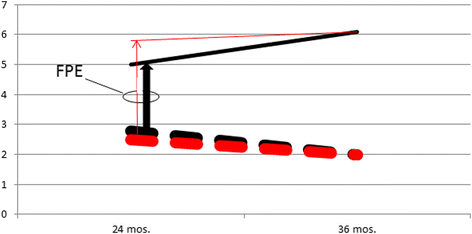Data from the Baby Siblings Research Consortium confirm and specify the nature of the female protective effect in autism: A commentary on Messinger et al
- PMID: 27358720
- PMCID: PMC4926292
- DOI: 10.1186/s13229-016-0092-x
Data from the Baby Siblings Research Consortium confirm and specify the nature of the female protective effect in autism: A commentary on Messinger et al
Abstract
Sibling recurrence data from the Baby Siblings Research Consortium (BSRC) recapitulate results from very large clinical family studies that demonstrate the absence of the Carter effect and provide clarification of the nature of the female protective effect in ASD. This legacy prospective data collection confirmed marked differences in the proportions of males versus females who lie along deviant trajectories of social development in the setting of inherited liability to autism--a phenomenon which defines the female protective effect--and demonstrate that among affected children, sex differences are modest and homologous to those observed among non-ASD children.
Keywords: Autism spectrum disorder; Compensatory; Female protective effect; Resilience; Sex.
Figures

Comment in
-
Commentary: sex difference differences? A reply to Constantino.Mol Autism. 2016 Jun 29;7:31. doi: 10.1186/s13229-016-0093-9. eCollection 2016. Mol Autism. 2016. PMID: 27358719 Free PMC article.
Comment on
-
Early sex differences are not autism-specific: A Baby Siblings Research Consortium (BSRC) study.Mol Autism. 2015 Jun 4;6:32. doi: 10.1186/s13229-015-0027-y. eCollection 2015. Mol Autism. 2015. PMID: 26045943 Free PMC article.
References
-
- Goin-Kochel RP, Abbacchi A, Constantino JN, Autism Genetic Resource Exchange Consortium Lack of evidence for increased genetic loading for autism among families of affected females: a replication from family history data in two large samples. Autism. 2007;11(3):279–86. doi: 10.1177/1362361307076857. - DOI - PubMed
Publication types
Grants and funding
LinkOut - more resources
Full Text Sources
Other Literature Sources

